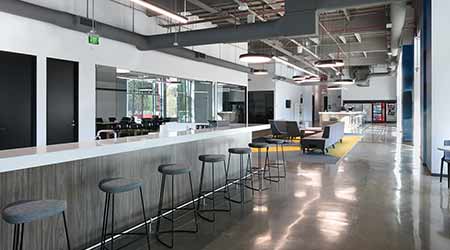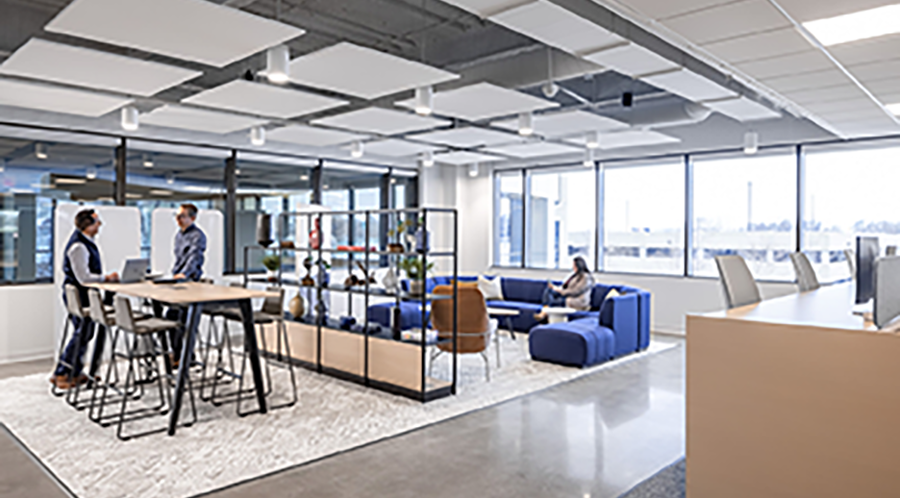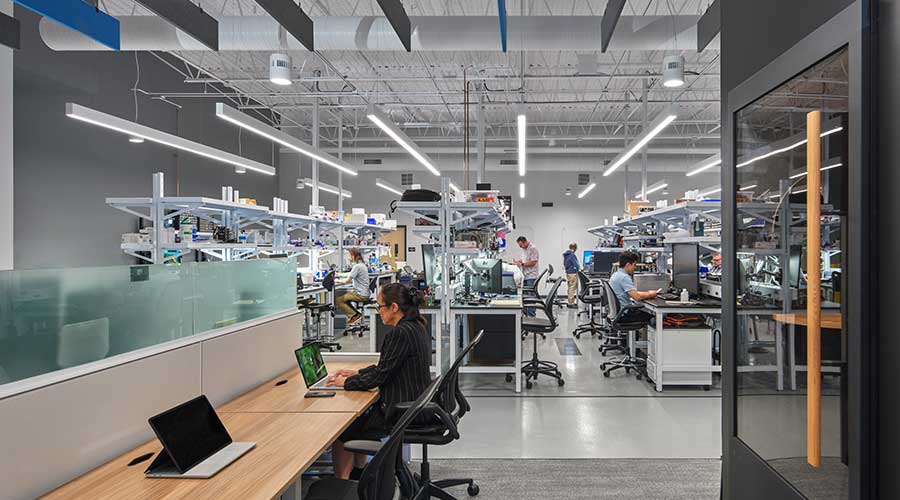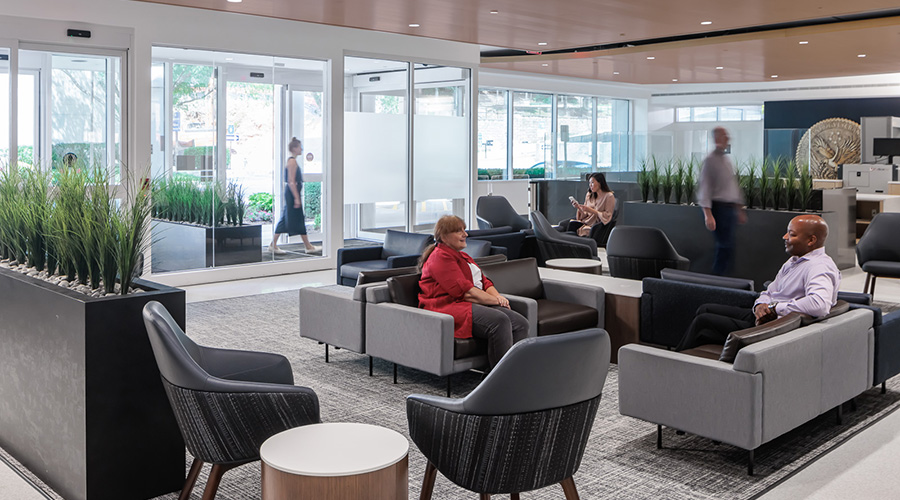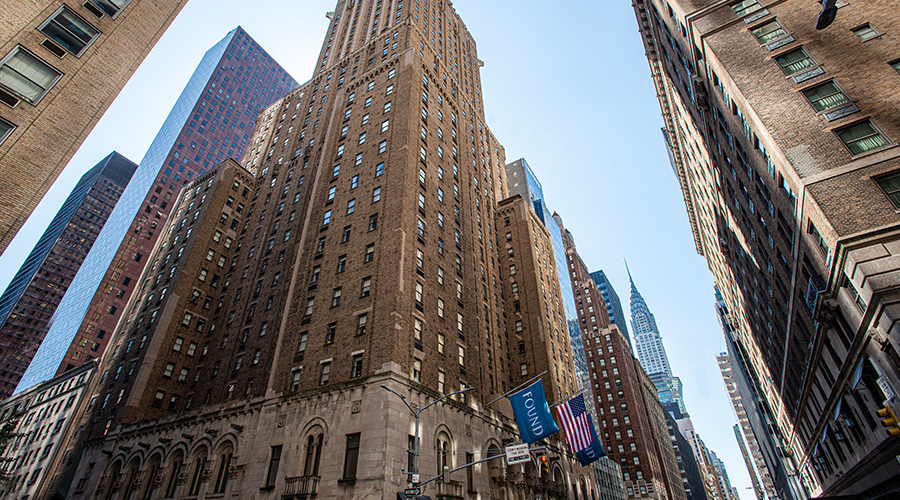Rising Demand Creates New Facility Priorities for Film Studios
Netflix, Amazon, and YouTube have helped to create new demand for stages, post-production facilities, and production office space in Los Angeles.
As feature film production continues to diversify geographically, Los Angeles has developed into a hub for the production of television, made for TV, and direct (internet) distribution projects. The new players in the market such as Netflix, Amazon, and YouTube have created a new and significant demand for stages, post-production facilities, and production office space. These players have also increased the standards in terms of workspace quality in an attempt to attract top talent and retain current employees.
In this expanding market, Netflix and Amazon are looking to tie up stages and production support facilities for future production. In response to this, some studio properties have changed their business models moving from leasing for a specific production to longer-term leases, similar to that of commercial office spaces.
The expansion of this sector in the film production industry has impacted the established film studio sites (e.g., Disney, ABC, and Warner Brothers) which are now looking to attract and accommodate these new players. Fortunately, these heritage studios have larger soundstages and have developed state-of-the-art post-production facilities. Despite these improvements, demand for larger stages (typically 18,000 square feet or larger) is surpassing supply. Commercial studios such as Hudson Pacific’s Sunset Bronson, Sunset Gower, and Hollywood Center Studios are looking for strategies to expand and meet this demand. While a lot of production can be accommodated in smaller insert stages, the larger stages allow for depth-of-field, which is vital with the growing conversion to 4K resolution. Conversely, studios also have the option to shift production elsewhere, just as Netflix has done with its purchase of an Albuquerque studio.
The heritage film studios are changing with the times. As productions leave their campuses, they are looking to attract some of the overflow from the direct-to-internet productions. With Disney’s recent purchase of Fox assets, the studio will need to reposition itself to attract some of these new players in the market to fill their facilities. In some cases, this may mean adding small facilities of 1,000 to 7,000 square feet to accommodate green screen and motion capture to augment the larger stage productions.
Most noticeably, the work environment is changing. Adding attractive outdoor spaces that encourage informal interaction and relief from the enclosed world of the stages or post-production facilities is one solution. On self-contained studio lots, upscale commissaries and providing accommodations for food trucks are examples of what is now expected. The post-production facilities have attractive coffee and snack bars which help sustain post-production teams working long hours. Los Angeles’ traffic is an issue in this industry, and to combat this, solutions include allowing for flex hours, providing Uber/Lyft accommodations, and serving dinner or other snack food and beverage options on-site to accommodate the rigorous and untraditional schedules production now requires.
Ultimately, the larger studio properties want to have all the supporting facilities such as post-production, production offices, set production, rehearsal spaces, lighting, costume, etc., in one place — providing a one-stop shop solution to support the companies on the property while also bringing additional revenue to the studios.
David Jacobson AIA, is executive vice president, project director, for Nadel Architects. A member of the firm since 1989, he has directed work on some of the firm’s largest and most complex corporate, entertainment and mixed-use projects.
Related Topics:








